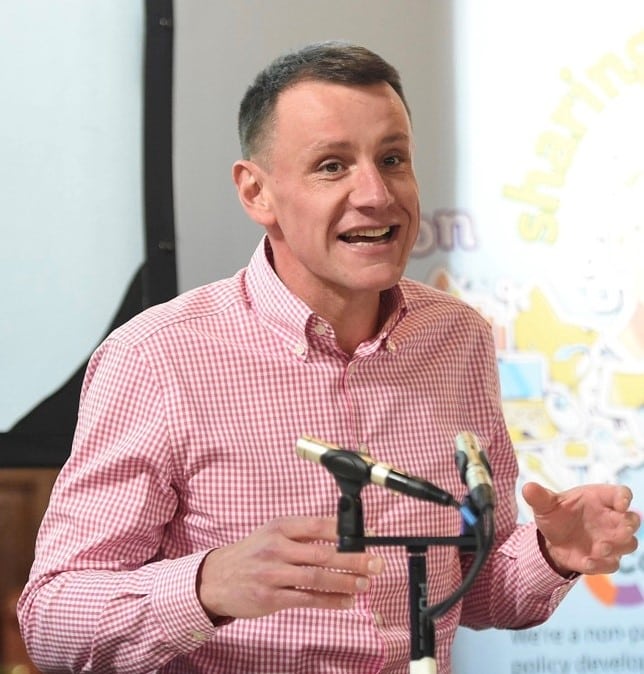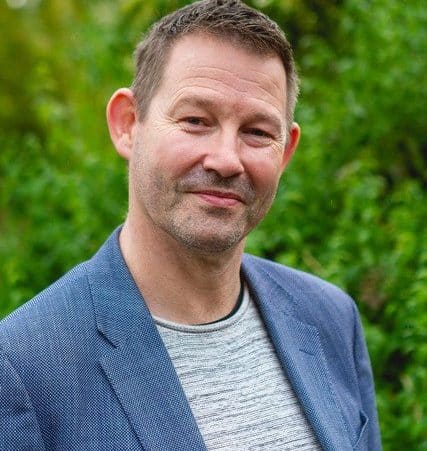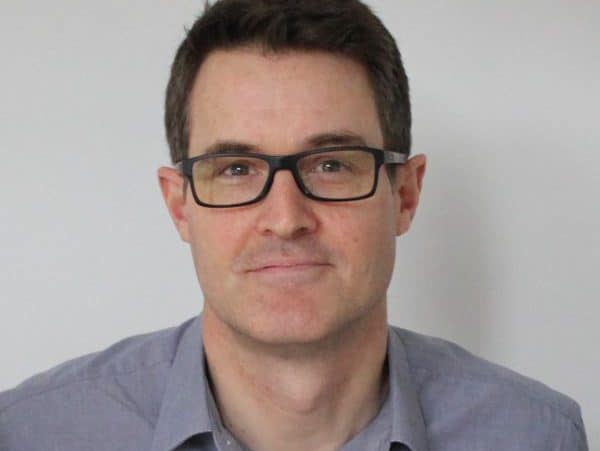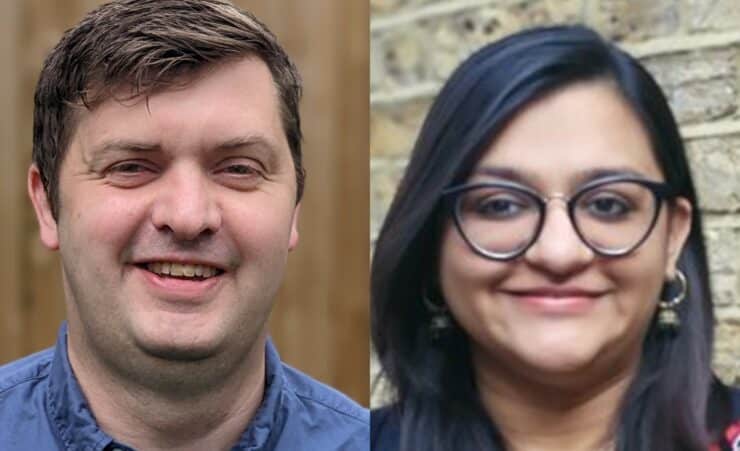
Putting Open and Trusting principles at the centre of Co-op Foundation’s new strategy
The process
We partnered with Impact Works Associates to develop our new strategy. At interview, they talked about the importance of co-design and collaboration when building a strategy, and about colleague ownership of the final product when it was complete. This aligned perfectly with our ethos of co-operation.
Through 2021, we held ‘imagine’ sessions and in-person planning days with colleagues and Trustees to look at what our future funding and strategy could achieve. We also shared progress every step of the way with Co-op.
By November, we’d agreed our direction: To create future communities in 10 years’ time that are fair and built on co-operative values.
But our work wasn’t complete. Further research and insight followed as we reviewed global best practice on participatory grant-making, learning and co-operative funding. We engaged a group of our funded partners in a participative process to help us build new funds under our new strategy, and engaged young people in building our future vision.
It’s a process we look back on with great pride, but it’s also one that has been rich in learning.
Accept risk
Creating this strategy has been a mammoth task but that isn’t a bad thing. In line with our Open and Trusting commitments, we’ve accepted (and embraced) the risk of involving so many people in our process.
The best example of this is within our visioning work. Once our strategy had directed us to fund communities of the future that are fair and built on co-operative values, it would have been inconsistent to decide within our own ‘bubble’ what we thought these communities might look like and what we should fund.
So instead, we invited young people who will inherit these communities into the discussion. We held 10 focus groups and used WhatsApp diaries to understand what young people wanted their future to look like. This has given us robust data for setting priorities for our future funds, which we’ll release publicly soon to help others.
Be proportionate
It’s hard to get the mix right between consultation with partners and young people, and not asking for too much of their time.
We were very conscious to compensate people who supported us for their time and ideas, rather than to take this for granted or see it as free labour. So, we made donations, ranging from bursaries for young people who helped to build our vision to £400 for partners who took part in our design process to build new funds.
We also strive within our strategy to be proportionate in our reporting asks in the future. We heard very clearly from partners that they want to report in a way that works for them, and we’ll be developing how this will look like over summer.
Enable flexibility
Our new strategy is explicit in its direction to be as flexible as possible for our partners. We want our funding to empower them to do what matters most for the people and communities they support.
In April this year, we invited 12 partners to help us build a new fund that we’ll announce alongside our strategy. We ran group sessions and one-to-one discussions to really understand what worked for them in the funds they apply for. Their experience of being a funded partner added real value to us.
The funds under our new strategy will be better designed to meet our future partners’ needs because we went through this process and were open to the ideas, insights and views of the organisations we will be looking to support.
Be open
Our strategy directs us to be world-class at learning. In order to do this, we need to share learning as well as use it for our own development.
To fulfil this commitment, we’ve been blogging monthly on the Co-op blog to share what we’ve discovered about strategy development. Check out my last two articles on participatory grant making and learning, with more to come.
Next steps
We’ll formally launch our new strategy this autumn, and I can’t wait. It’ll be bold, exciting and aligned with both our co-operative values and those that unite the Open and Trusting community.
Follow us on Twitter to keep up to date.


